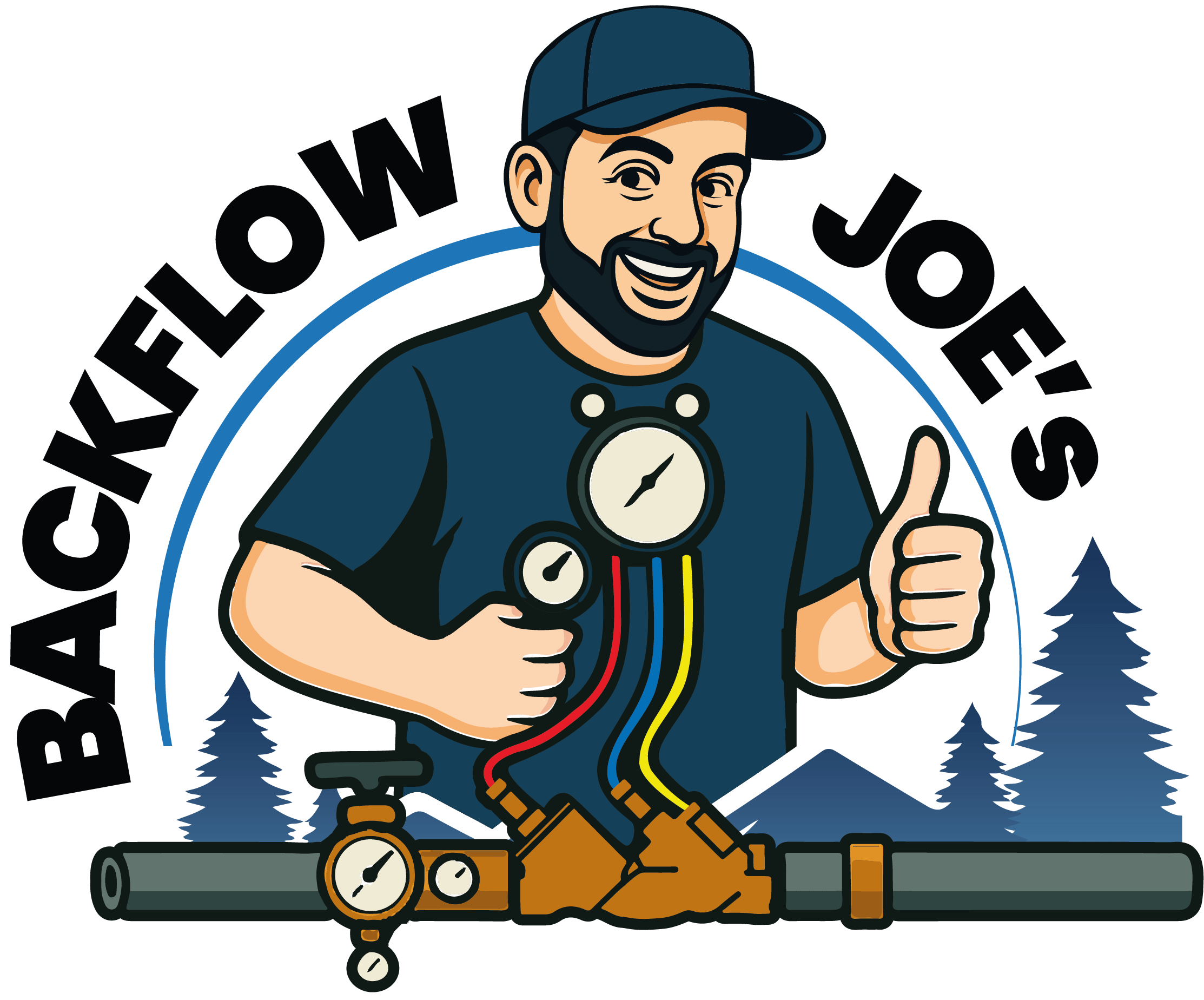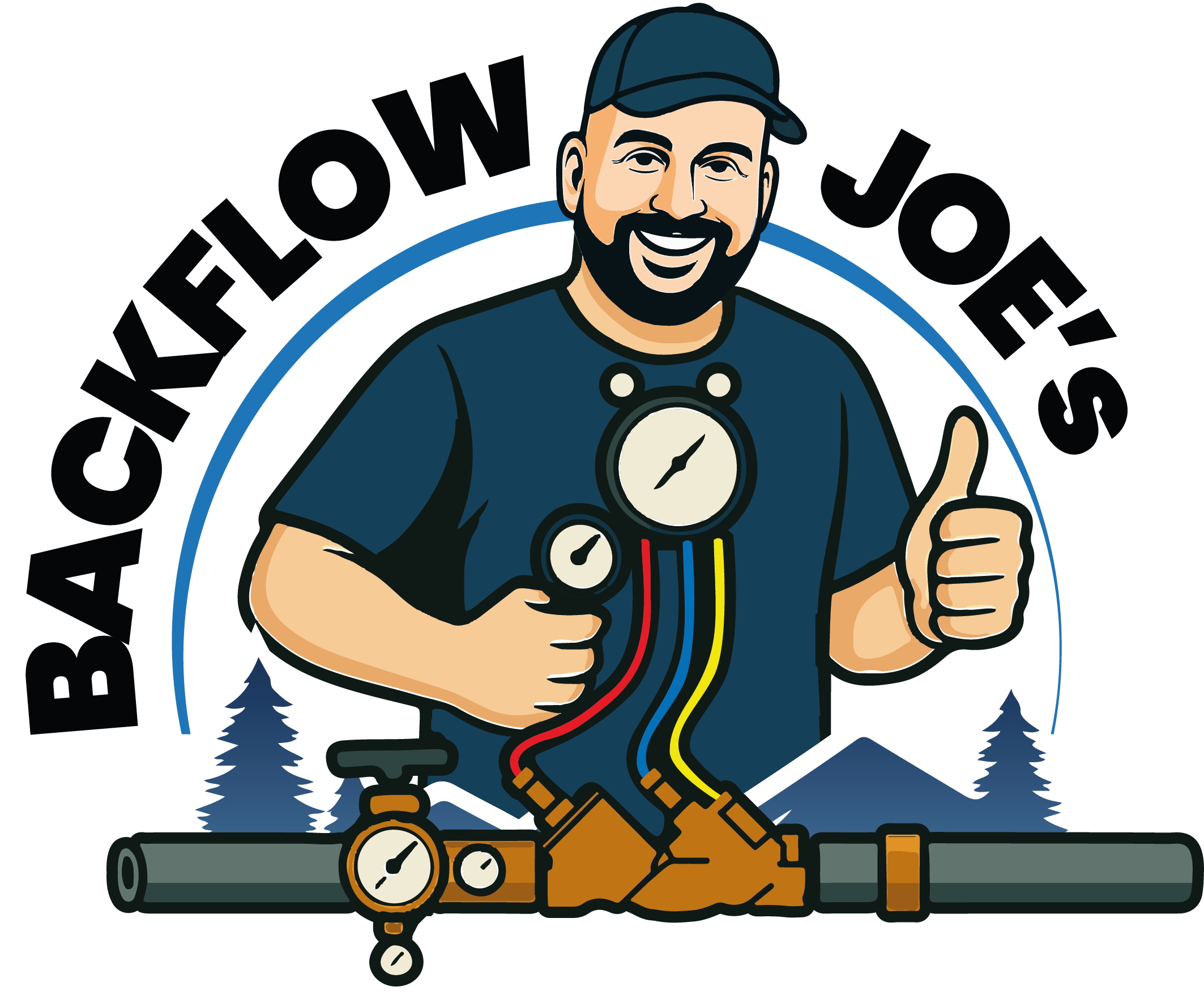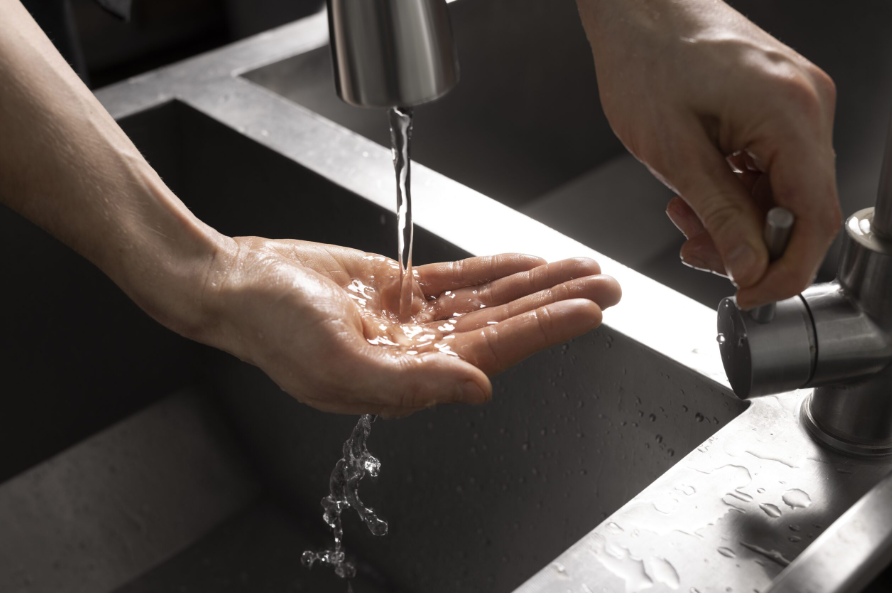Many people confuse backflow prevention and water filtration. However, these systems serve very different roles. Meanwhile, both help keep your water safe. In New York, understanding both is key. Especially for homes and businesses. Let’s dive in.
What Is Water Filtration?
First, filtration improves water quality. Then, it removes unwanted things like:
- Sediment
- Chlorine
- Heavy metals
- Bacteria
Filters work using multiple methods. These include:
- Activated carbon
- Ion exchange
- Microscopic membranes
- Ceramic barriers
Thus, filtered water tastes clean. Also, it looks clear. And it’s safe to drink. Essentially, filters “clean” the water.
What Is Backflow Prevention?
By contrast, backflow prevention stops water from moving the wrong way. It protects from contaminated water entering the clean line. That reversed flow may be caused by:
- Back pressure
- Back siphonage
Thus, a backflow device is like a one-way gate. It ensures water flows only forward. Meanwhile, it blocks reverse flow risks.
How Does Backflow Work?
Backflow happens when:
- Back pressure: Pressure in the system rises above city supply.
- Back siphonage: Supply pressure drops below connected system.
Then, contaminants sneak in. These include fertilizer, wastewater, chemicals.
Hence, cities require backflow prevention devices at cross-connections. Examples include irrigation, boilers, wells.
Types of Backflow Prevention Devices
Different tools match different risks:
- Air Gap: No mechanics; uses open space.
- Atmospheric Vacuum Breaker: Basic device that vents air.
- Pressure Vacuum Breaker (PVB): For sprinklers, testable.
- Double-Check Valve Assembly (DCVA): Two valves + vent.
- Reduced Pressure Zone Device (RPZ): Top protection; relief valve.
Each has unique features. Therefore, selection depends on hazard level. Also, regulations vary by locality.
Types of Water Filtration Systems
Filtration comes in many forms:
- Activated Carbon Filters
- Remove chlorine and bad taste.
- Good for drinking water.
- Sediment Filters
- Trap sand, rust, debris.
- Ideal for whole-house use.
- Reverse Osmosis (RO)
- Forces water through a membrane.
- Removes tiny ions and microbes.
- Ion Exchange
- Softens water by exchanging ions.
- Effective on heavy metals.
- Ceramic/Microfiltration
- Removes bacteria with fine pores.
- Often used in emergencies.
Thus, filters focus on removing contaminants within the water.
Backflow Prevention vs. Filtration: Side-by-Side
| Feature | Backflow Prevention | Water Filtration |
| Goal | Preventing contamination from entering system | Remove unwanted particles in water |
| Mechanism | One-way valves, vents, pressure zones | Membranes, chemicals, adsorption |
| Risk addressed | Cross-contamination from reverse flow | Quality issues inside water stream |
| Maintenance | Annual testing required | Regular cartridge/membrane changes |
| Installation | At cross-connections, meters, irrigation | Point-of-entry or point-of-use |
Why Both Systems Matter
While they may sound similar, both are vital:
- Backflow prevention stops external hazards.
- Filtration improves taste, odor, clarity.
- Together, they ensure fully safe water.
Without backflow protection, filters alone may fail. Contaminants could bypass filters through reverse flow. Conversely, a strong backflow device doesn’t remove chlorine or sediment.
Example Scenario
Imagine a sprinkler system breakup. Then:
- Pressure drops in your home pipes.
- Contaminated water from the yard soaks in.
- Through the backflow, it enters the clean system.
- Even with a filter, this contamination bypasses it.
Thus, both filter and prevent work hand in hand.
Maintenance & Legal Requirements
In New York:
- Many properties require annual backflow testing
- Violations can lead to fines or water shutoffs.
- Filters need regular checks too.
- Replace cartridges every 6–12 months.
- Clean membranes as recommended.
Proper upkeep ensures risk-free water.
Choosing the Right Systems
Here’s a simple plan:
- First, test your water quality.
- Next, identify cross-connections.
- Irrigation, pools, boilers, wells.
- Third, select a backflow device per local code.
- Air gap, PVB, DCVA, RPZ as needed.
- Fourth, pick filtration based on needs.
- Taste, hardness, microbes?
Then, install and schedule regular maintenance. This builds a robust system.
Benefits of Combined Protection
✅ Complete safety – no external or internal contaminants
✅ Clean water – better taste, clarity, health
✅ Compliance – meet NYC & NYS codes
✅ Peace of mind – knowing you’re covered
Quick Comparison
- Backflow systems: Block reverse hazards.
- Filters: Clean water flowing forward.
- You need both to fully protect your water.
In short:
- Backflow prevention stops dirty water from entering your system.
- Water filtration removes particles inside the flow.
- Both are essential yet serve distinct roles.
- In New York, they’re often legally required.
- Maintenance is critical—for safety and compliance.
Therefore, consider installing or upgrading both systems. Then schedule regular checks. With the right setup, your water will be both safe and pure.
If you need help choosing, installing, or maintaining backflow devices or filters in New York, our experts at Backflow Joe’s are here to assist. Stay safe—and sip confidently. We offer:
You can visit our website or give a call to book an appointment. We will take care of everything from there!






